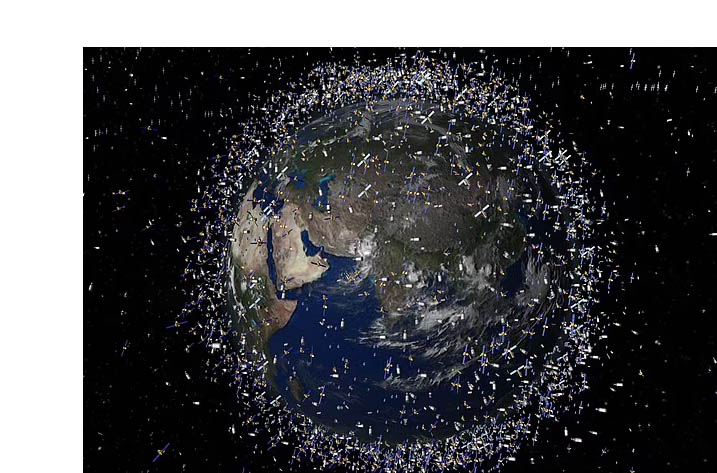Science: SpaceX’s new Starlink satellites generate 32 times more radio noise than their predecessors, raising concerns among astronomers about their interference with radio astronomy observations. Radio astronomy uses highly sensitive antennas to detect faint radio signals emitted by stars, black holes and other objects in the universe. Researchers at the Low Frequency Array (LOFAR) in the Netherlands, one of the world’s most sensitive radio observatories, have discovered that SpaceX’s growing megaconstellation of internet satellites is blinding their instruments. In a series of observations in July, researchers found that Starlink satellites crossing the skies above the array appear ten million times brighter than some of the most valuable targets in radio astronomy research.
Jessica Dempsey, director of the Netherlands Institute of Radio Astronomy, which operates LOFAR, said radio pollution from the satellites was interfering with measurements of distant exoplanets and emerging black holes. They said it could also hide faint radiation from the reionization era, one of the least understood periods in the history of the universe. This era began about a billion years after the Big Bang, when stars became bright enough to convert the atomic hydrogen that originally filled the expanding space into hydrogen ions. The energy released from this hydrogen conversion now appears in low-frequency radio waves. The signal is so weak that only the most sensitive radio telescopes can see it, and it is easily lost due to unwanted radio hum. “Detecting this primordial radiation is one of the main challenges of radio astronomy,” Dempsey said. “Unfortunately, if they remain at this level, these may be cases that will be lost with the arrival of these satellites.”
